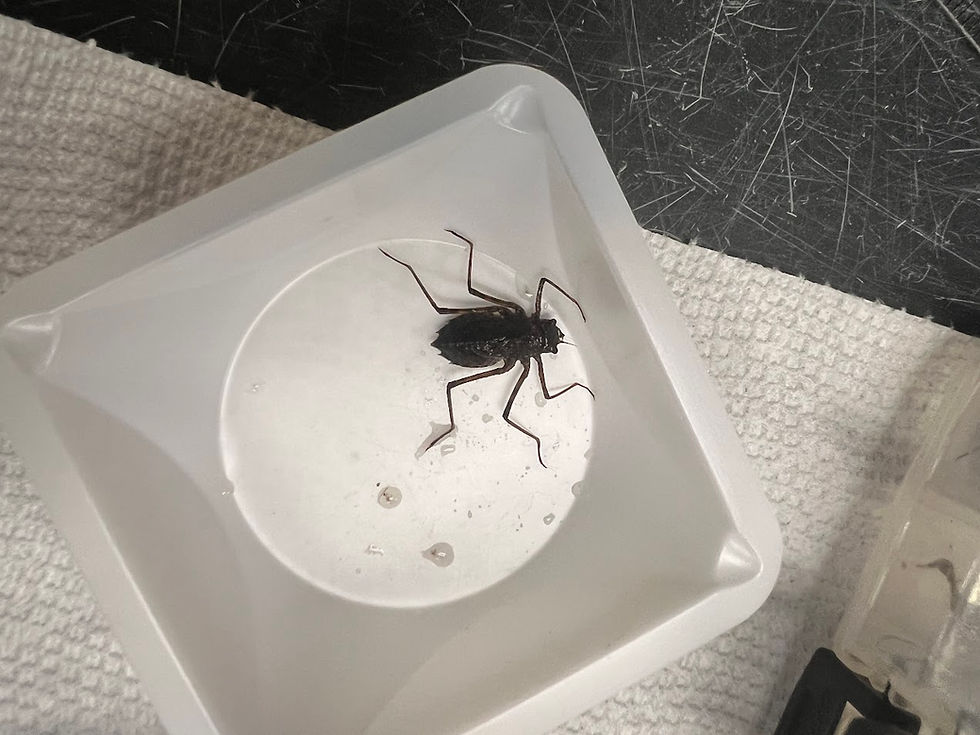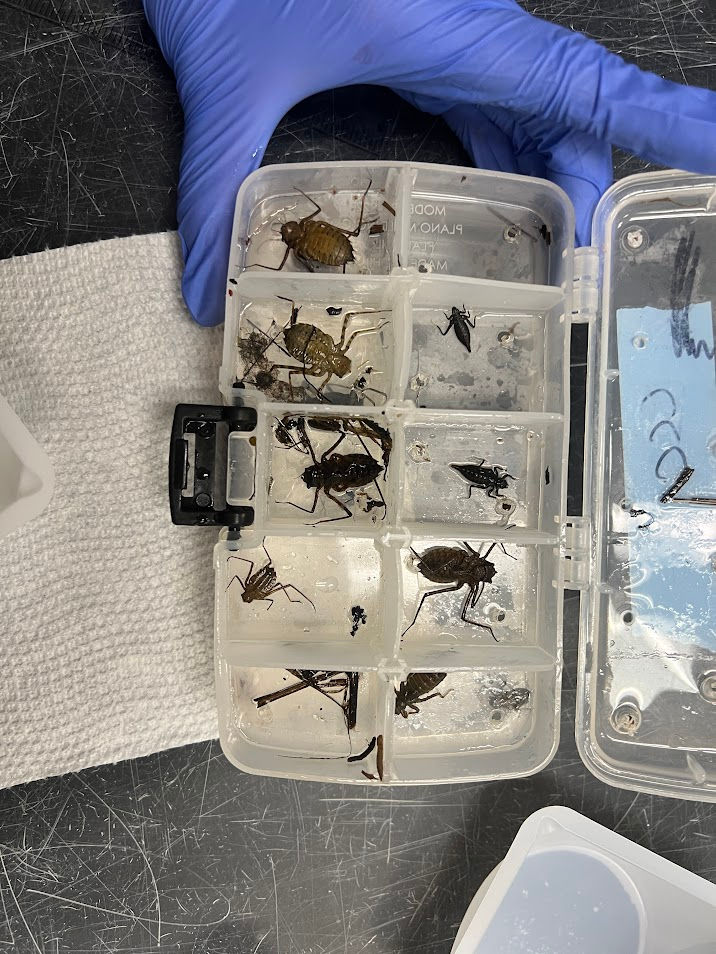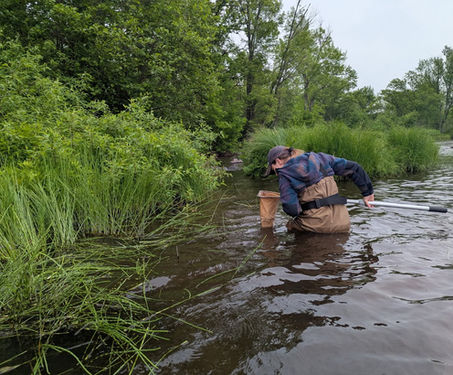
Dragonfly Mercury Project
The Dragonfly Mercury Project is managed by the National Park Service and the U.S. Geological Survey (U.S.G.S.). This project takes place nationwide, using the findings to help understand the amount of mercury in the country’s surface waters and how it moves through the ecosystem. The study often works with citizen scientists and volunteers in communities around the country, connecting more people to the outdoors and informing the public about mercury contamination in our waters.
The Burke Center’s Associate Director Valerie Damstra leads this project, which collects dragonfly larvae at four national parks in three states: Isle Royale National Park, Grand Portage National Monument, St. Croix National Scenic Riverway and Apostle Islands National Lakeshore. At each park, we collect larvae from four different sites for a total of total of 16 different sampling areas. Staff search for dragonfly larvae with nets, collecting them and bringing them back to Ashland. Back in the lab, our staff identify the larvae down to family, measure them, and send them to the U.S.G.S. lab in Oregon for testing.




Why Dragonflies?
Dragonflies eat a lot of smaller organisms. As they eat organisms with mercury in them, it bioaccumulates in their bodies. The levels of mercury continue to build up as they eat more contaminated organisms. By studying this bioaccumulation, we can gain valuable insights on how much atmospheric mercury is being deposited in different parts of the country. For more details, go to the National Park Service’s









